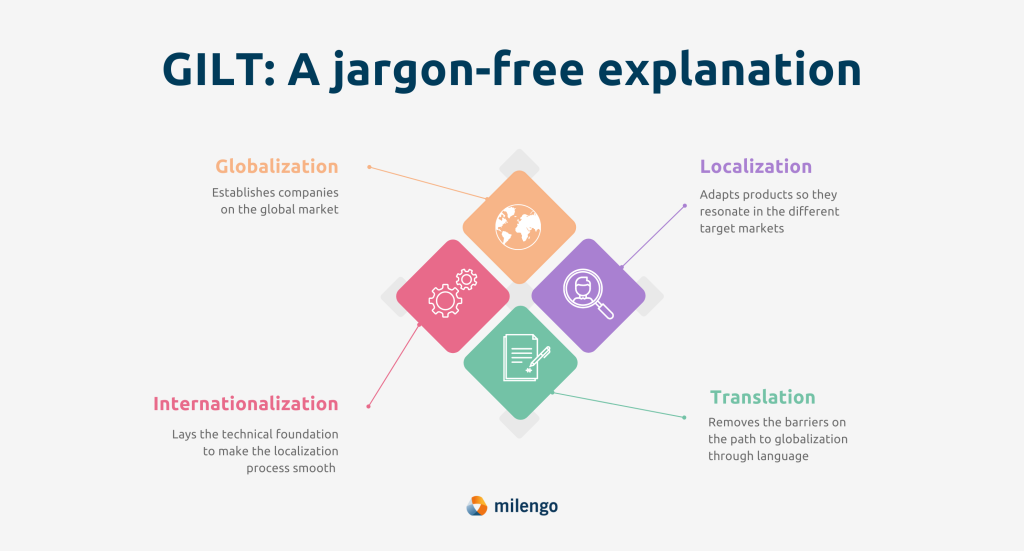
Technical Content Localization for International Markets
- 0
As technology continues to advance and connect people across the globe, the need for businesses to expand into international markets has become essential. One key aspect of reaching a global audience is through technical content localization. This process involves adapting product information, user guides, manuals, and other technical content to suit the cultural and linguistic preferences of different regions.
Why is Technical Content Localization Important?
When it comes to marketing your products or services in international markets, a one-size-fits-all approach simply won’t cut it. Consumers in different countries have unique preferences, languages, and cultural nuances that must be taken into account when creating technical content. By localizing your content, you can ensure that your message resonates with your target audience and helps build trust in your brand.
The Benefits of Technical Content Localization
There are several benefits to localizing your technical content for international markets. Firstly, it helps to improve customer experience by providing information in a language they understand. This can lead to increased trust in your brand and higher sales conversions. Additionally, localized content can help you establish a stronger presence in foreign markets, making it easier to compete with local competitors.
Key Considerations for Technical Content Localization
When localizing your technical content for international markets, there are several key considerations to keep in mind. Firstly, you need to research the cultural norms and preferences of your target audience. This includes understanding how they prefer to consume information, what their language preferences are, and any cultural taboos that may affect your messaging.
Secondly, you need to ensure that your content is translated accurately and effectively. This involves not only translating the words themselves, but also adapting the tone and style of the content to suit the target audience. This can involve using local idioms, references, and humor that will resonate with your readers.
Finally, you need to consider the technical aspects of localizing your content. This includes adapting your website, user interfaces, and other technical tools to suit the language and format preferences of your target audience. This may involve redesigning interfaces, adding multilingual support, and optimizing content for different screen sizes and devices.
Tools and Resources for Technical Content Localization
Fortunately, there are many tools and resources available to help you localize your technical content for international markets. Translation software, such as Google Translate or SDL Trados, can help you quickly and accurately translate your content into multiple languages. Content management systems, such as WordPress or Drupal, also offer built-in localization features that make it easy to manage multilingual content.
Additionally, there are many translation and localization services that can help you with more complex projects. These services offer professional translators, editors, and project managers who can help you localize your content effectively and efficiently.
Conclusion
Technical content localization is an essential part of expanding your business into international markets. By adapting your product information, user guides, and other technical content to suit the preferences of different regions, you can improve customer experience, build trust in your brand, and establish a stronger presence in foreign markets. By considering key cultural, linguistic, and technical considerations, and leveraging the right tools and resources, you can ensure that your content resonates with your target audience and helps you achieve success in the global marketplace.

